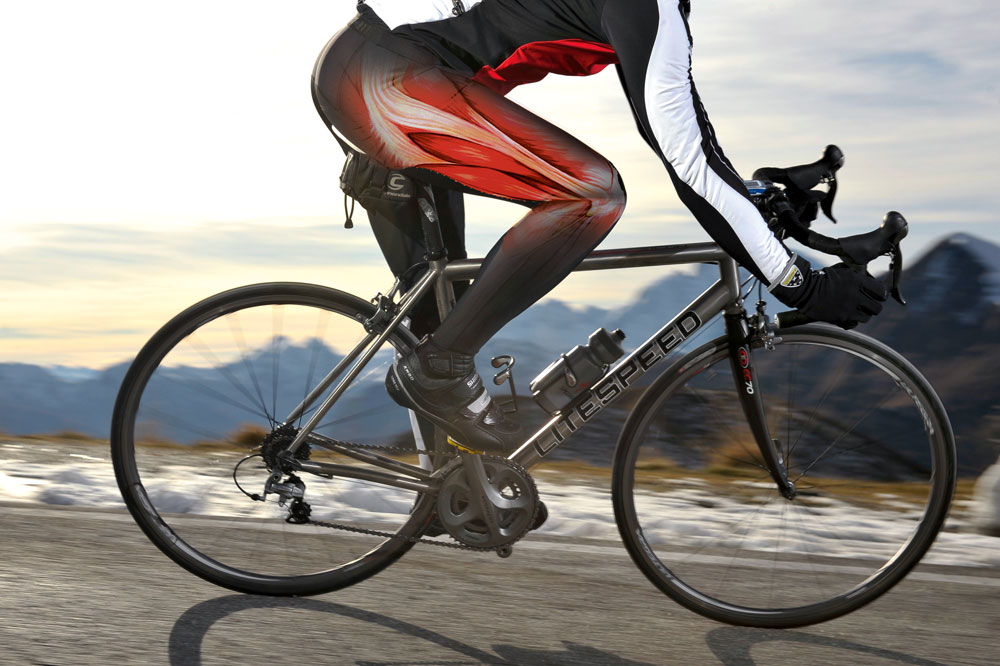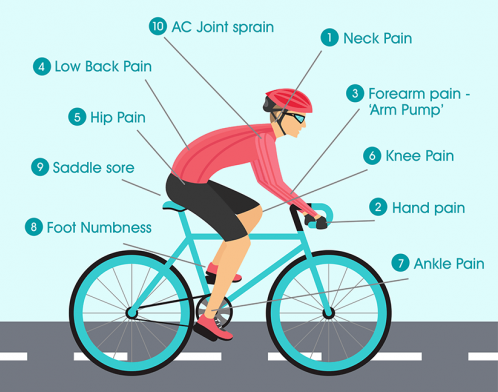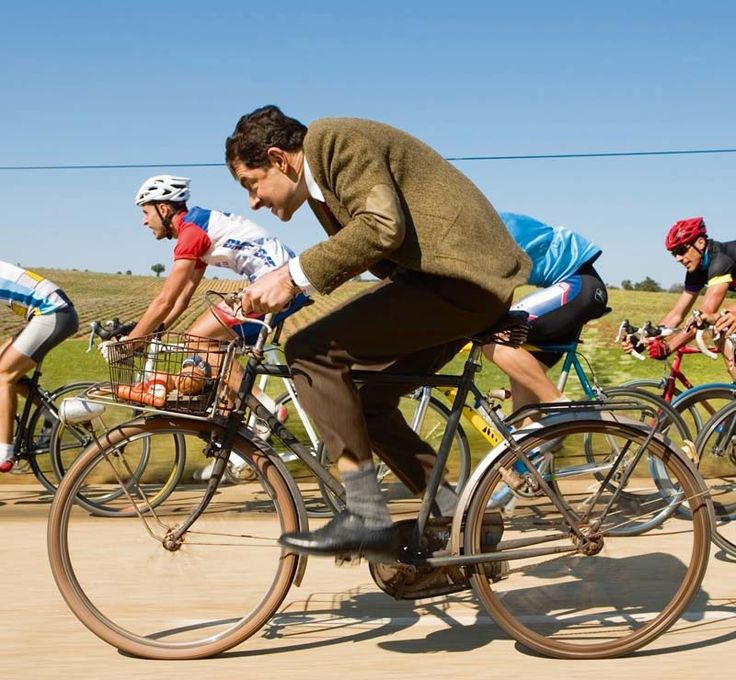Common Cycling Injuries
Posted on April 10th, 2019 by Andries Lodder

Humans have been riding bicycles since the early 1800s and it is now one of the most popular weekend sporting activities to take part in. Whether it be road racing, mountain biking, completing a few laps at your local bike park or just popping out for a coffee, there are always people out riding.
Cycling is also now seen as one of the best ways to boost one’s overall health. It can assist with weight loss, help fight chronic disease, improve overall fitness and strength levels as well as help decrease stress levels. With this in mind its no wonder the number of cyclists continues to rise every year. However, even with all its health benefits, like other sports, cycling also has its problems.
Injuries
No one wants to be forced off their bike due to an injury. Like with any sport one minute you are in the best form of your life and the next you can’t even get out of bed without pain.
These are some of the most common injuries cyclist face, how to deal with them and prevent them keeping you out the saddle.
Common Injuries:

Impact injuries:
The biggest problem with cycling is the fact that unlike many other sports you can fall off your bike. You can fall off your bike, and you can fall hard!! Impact injuries due to falls are very common in cycling and most often can’t be prevented. However, ensuring that you ride within your limits, take safe lines, and wear the appropriate protective equipment such as a helmet can help prevent injuries.
Lower back pain:
Due to the nature of a cyclist’s posture. Leaning forward curled over the handle bars, means that lower back pain is one of the most common injuries experienced by cyclists. Three of the most important factors to consider when dealing with lower back pain caused by cycling are:
- Position and bike set up
- If you are experiencing lower back pain the first thing you can get checked is your bike set up and your posture/position on the bike. For example; if your handle bars are to lower it can cause back pain so simply raising them up could help alleviate some of the pain.
- Core strength
- If a cyclist’s core is weak then their lower back will be put under constant strain while on the bike. Improving overall core stability and strength can help reduce back pain in cyclists, as well as improve their power output; as their legs are pushing off a stronger base.
- Posture off the bike
- It is not only your posture off the bike that can lead to problems. If you sit at a desk all day it could be your posture, there that is causing the problems. Ensure your desk at work is set up correctly and that you are aware of how you are sitting and when the pain is at its worst.
Knee pain:
The knee joint is involved every time a cyclist turns over the pedals. The problem comes in when the knee gets pulled out of alignment. Most knee problems on the bike come from an incorrect bike set up. For example, if the saddle is to low it can lead to pain in the front of the knee due to strain being placed on the quadriceps, while pain behind the knee can come from a saddle that is to high which stretches the hamstrings out at their attachment. Most cyclists fasten their feet to the pedals of their bike with cleats. However, if the cleat is not set up correctly it can also cause problems. Pain on the medical or lateral aspect of the knee is a common sign of incorrect cleat set up as the knee does not track correctly in these circumstances.
Wrist arm hand or neck pain:
Ideally when cycling about 60% of your body weight should be positioned over the rear of the bike and 40% at the front. If to much goes over the front and through the handle bars it can lead to pain in the wrists and neck. Therefore, your seat should not be to far away from the handle bars and the handle bars should not be to low.
It is also important to not grip the handle bars to tightly and to make a concerted effort to relax the shoulders as this can help prevent the Trapezius muscles from tightening up causing neck pain.
Saddle Sores
A saddle sore is considered any sore, raised area of skin or irritation around the buttocks or undercarriage area. As the name would suggest they are caused by contact with the saddle. Friction between the saddle, skin and cycling shorts fabric can lead to horrible skin reactions and sores.
The most common cause of a saddle sore is old cycling shorts and a too high saddle. It is also important to find a saddle that suits you, as well as your gender as specific men’s and women’s saddles can help reduce rubbing and irritation from occurring.
The best thing to do once a saddle sore has formed is to keep the area clean and dry. If it is painful to sit on the saddle the best thing to do is to take a few days off the bike to allow the skin time to heal and calm down.
Hot foot
This is a burning sensation, numbness or pain felt on the underside of the foot. It is usually as a result of pressure being placed on the nerves that travel through the ball of the foot, towards the toes. In order to prevent and treat it the pressure within the foot needs to be redistributed. The pressure in the foot can be due to:
- The foot swelling due to heat
- Tight socks
- Cleat placement
- Poor insole support
Achilles Tendonitis:
This is an overuse injury cause by inflammation of the Achilles. Like with knee problems the main cause of Achilles problems in cyclists is the cleat and foot position on the pedal. If the cleat is pushed all the way forward, then the calf muscles will be overused during the pedaling action causing the Achilles to become inflamed. The same is true if the seat is to high as the toes will be continually plantar flexed engaging the calf muscle continuously.
When it comes to cycling injuries, bike set up is one of the most important factors to consider. It is important that if you are experiencing pain to get a professional to check your set up and posture on the bike. It is also important to ensure your core stability is good and that you are doing adequate strength training to prevent any muscles imbalances or injuries.

For more information regarding cycling injuries and how to prevent them do not hesitate to contact us to set up a consultation.
Tweet